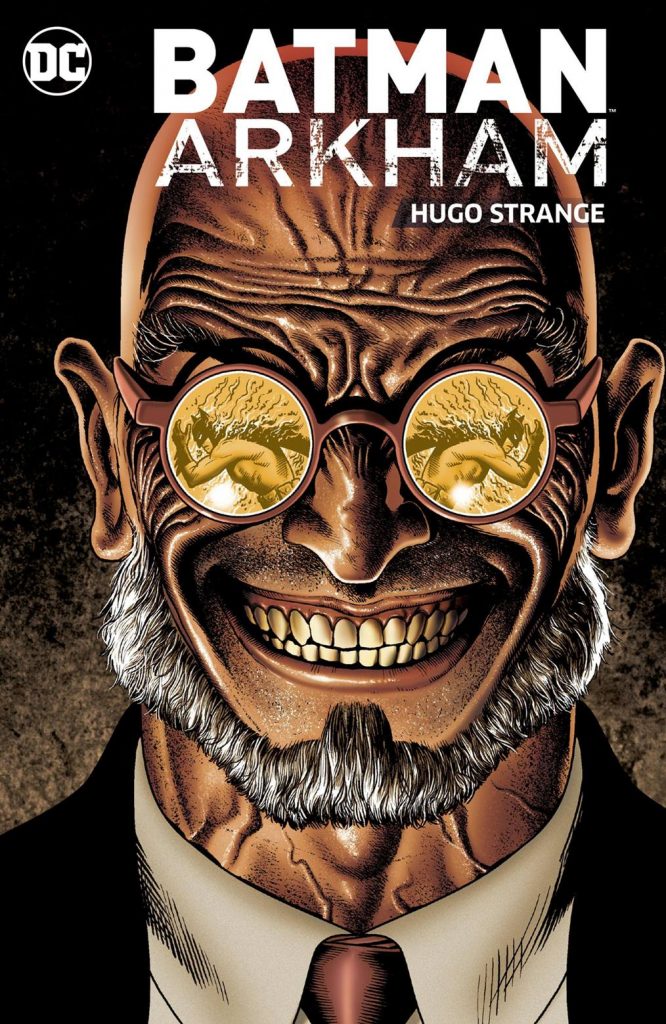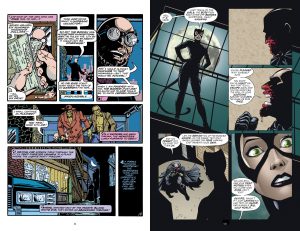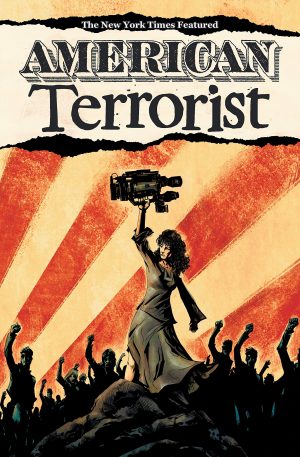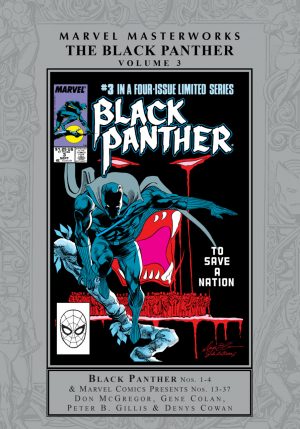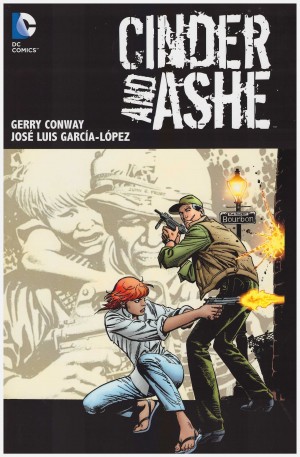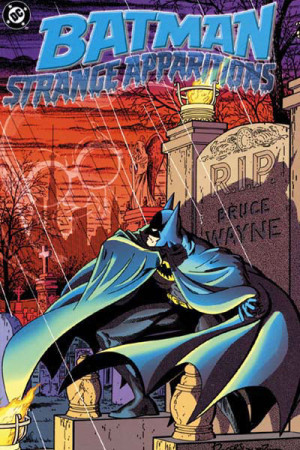Review by Ian Keogh
The Arkham collections are anthologies themed according to Batman’s villains, with Professor Hugo Strange’s speciality being psychological manipulation. Unlike some other Arkham collections, DC here concentrate on presenting complete serialised stories in preference to scattered individual episodes, which makes for a more immersive experience.
Like the Riddler in the 1960s, Hugo Strange was resurrected for use in Batman comics decades after his last appearance in the 1940s, and he’s also a human with a formidable intellect pitting his wits against Batman. Unlike the Riddler, it took until the 21st Century and Gotham before he starred in live action Batman-related activity.
As introduced by Bill Finger and Bob Kane in 1940 Strange was just another in the succession of vaguely defined criminal masterminds, but an inventive plot about masking crimes by creating fog would still work if handled a little differently.
It would be 1977 before Strange reappeared when Steve Englehart needed a surprise villain for his and Marshall Rogers’ stylish 1940s influenced version of Batman (sample art left). Their noir thriller is clever, concentrating on political corruption and Batman’s identity. Gerry Conway and Don Newton subsequently expand interestingly on the idea of Strange wanting to be Batman, while Doug Moench and Denys Cowan have Strange target Batman via the charitable Wayne Foundation. That’s a clever self-contained and convincing fall and rise mystery, or would be if the perpetrator hadn’t been revealed by being included in a Hugo Strange anthology.
A jump from 1984 to 2000 follows for what at four chapters is the longest story. Devin Grayson picks up on themes of identity in the earlier material, although as with Moench’s contribution, what’s at first mysterious and concealed is obvious in a collection of Hugo Strange appearances. That’s only at the start, though, and Grayson constantly surprises with the directions she takes her story. It’s true to Strange’s earlier appearances, and some aspects that seem illogical are given reasoning by the end.
With the possible exception of Rogers, whose reputation was founded on his Batman work, none of the artists have the highest profile, yet they’re all very good. Newton’s skills have always been under-rated, but he’s the full package, and despite an occasionally over-muscled Batman so is Roger Robinson, whose layouts are cinema noir (sample spread right). Cowan’s pages are just before his break on the Question, and he’s not quite settled his style. Andy MacDonald in the final inclusion from 2016 also fits the bill of under-rated, in effect drawing a combination of two very different stories and creating an effective mood for both. That, though, is Steve Orlando and James Tynion IV raking over old ground without anything new to say, although MacDonald’s art goes a long way to disguising it.
Hugo Strange might not be as obvious as many other recurring Gotham villains, but his peculiar obsessions result in a different type of Batman story. Were Strange’s name in the title and Brian Bolland’s startling cover portrait not giving the game away, many of these stories would keep their mysteries well, and even knowing of Strange’s involvement there are still secrets to be uncovered. It ranks alongside the Penguin collection as the best of the Arkham anthologies.
